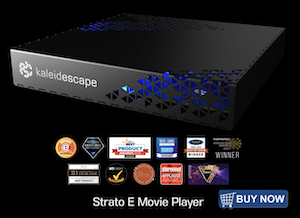This is imo a very fine result. I would have easily lived with this kind of performance.
Thanks for your help in getting to this point.
There's no urgency from my end to solve this low end pre-ringing because I'm loving SQ.
I'll park this aside and focus on the HDMI drama
















